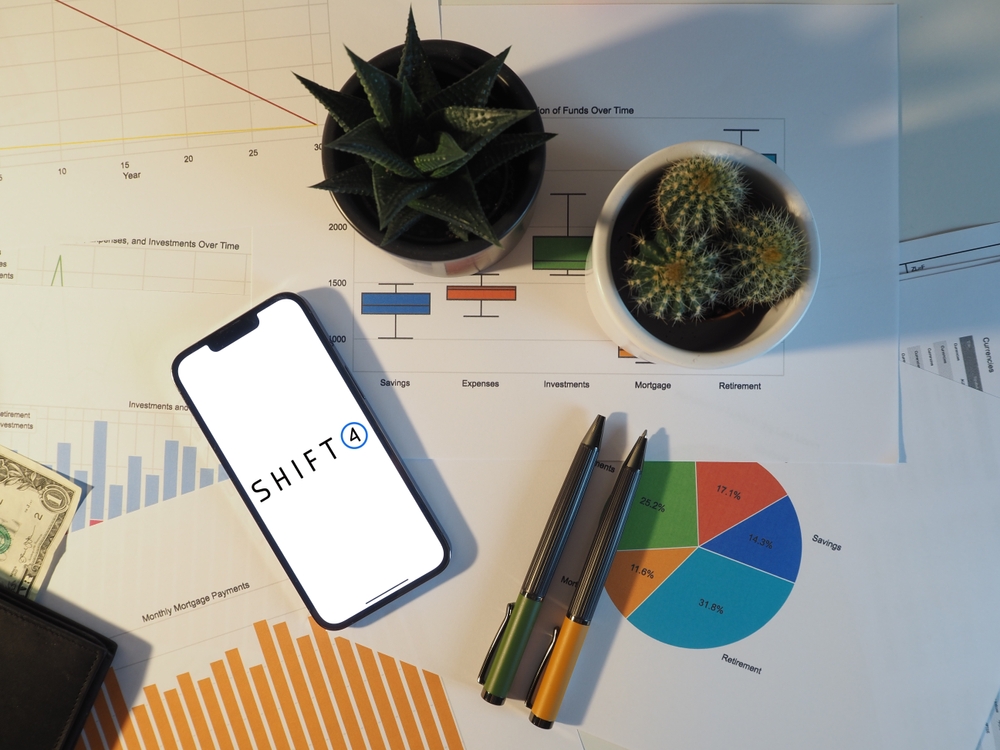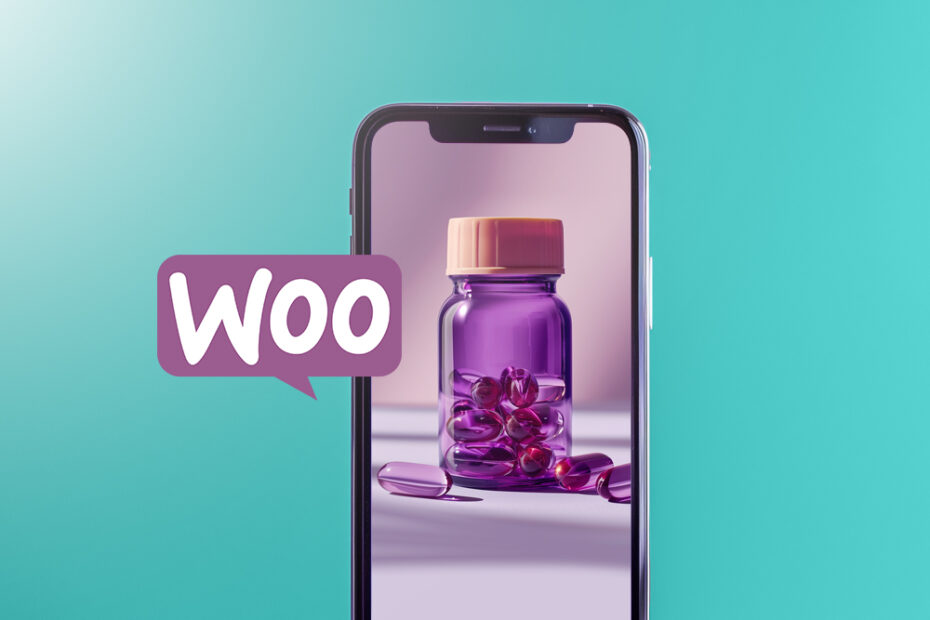Woo, a prominent open-source eCommerce platform built on WordPress, provides merchants with a flexibility to select and incorporate an array of payment gateways to cater to their business needs and enhance the customer’s checkout experience.
Understanding the Importance of the Right Payment Gateway
Choosing an appropriate payment gateway for your Woo store transcends basic transaction processing—it deeply influences customer satisfaction, operational efficiency, and, ultimately, the store’s profitability. A seamlessly integrated payment solution ensures:
Frictionless Checkout: Minimizing the steps and time taken between selecting a product and completing the purchase leads to a reduced abandonment rate and higher conversion.
Customer Trust: A payment gateway from a reputable provider can significantly increase the perceived trustworthiness of your store.
Catering to Customer Preferences: Offering multiple payment options, including credit cards, digital wallets, and alternative payment methods, meets the diverse preferences of a global customer base.
Ease of Setup: Some gateways offer one-click integrations, while others may require manual configuration.
Customization Options: Assessing the extent to which the payment gateway can be tailored to match your store’s branding and checkout flow.
Features and Trade-offs of Top Payment Processors
When examining the features of premier payment processors, Woo merchants must weigh several aspects:
Transaction Fees: Comparing the cost per transaction, which may include fixed fees, percentage fees, and additional charges for chargebacks or international cards.
Payment Methods: Ensuring the gateway supports various payment methods, from cards to bank transfers and mobile payments.
Security Protocols: Considering the level of security and compliance with standards such as PCI DSS to protect sensitive customer data.
Every payment processor comes with its own set of advantages and limitations. For instance, some might offer lower transaction fees but lack in customer support or vice versa.
By carefully considering these elements, Woo store owners can optimize their payment gateway integration to align with their overall business strategy and customer needs. Careful research and planning in this initial stage lay the groundwork for a secure, efficient, and customer-friendly checkout process.

How to Integrate a Payment Gateway with your Woo Store
To provide a comprehensive understanding, we’ll dive into the mechanics of this integration, the journey of a customer’s purchase to settlement, and the impact of transaction pace on productivity.
Procedure to Integrate a Payment Gateway with Woo
Setting up a payment gateway with Woo typically follows a series of steps that merchants need to execute meticulously:
Initial Setup: Firstly, you will need to select a payment gateway that is compatible with Woo. Most popular payment gateways offer dedicated plugins for Woo.
Plugin Installation: You can effortlessly install the payment gateway plugin from the WordPress dashboard by navigating to ‘Plugins’ > ‘Add New’ and searching for your chosen payment gateway. Once located, click ‘Install Now’ followed by ‘Activate’.
Configuration: After installing the plugin, go to Woo > Settings > Payments. You’ll find your new payment gateway listed here. Click ‘Manage’ to configure settings such as API keys, transaction modes (test or live), and payment methods accepted.
These plugins come with comprehensive guides that facilitate the configuration process. Ensure you have all the necessary account information from your payment processor at hand.
Customer Purchase to Settlement: Understanding the Workflow
The transaction workflow from a customer’s perspective is relatively straightforward but involves several backend processes:
Selection and Checkout: The customer selects a product, adds it to their cart, and proceeds to check out. They then choose a payment method and input necessary payment information.
Payment Authorization: The payment gateway securely captures the payment information and submits it for authorization to the payment processor or bank.
Transaction Confirmation: On successful authorization, the gateway relays a confirmation message back to Woo, which then confirms the order to the customer.
Settlement: The authorized funds are transferred from the customer’s bank to the merchant’s account, a process that typically takes a few days to complete.
During this process, Woo communicates with the payment gateway using secure API calls, ensuring that sensitive data is handled safely.

Selecting the Best Woo Payment Gateways
When selecting the ideal payment gateway for a Woo store, merchants must consider a multitude of factors that will impact not only their bottom line but also the customer experience. Making an informed decision is crucial for the success of an eCommerce business, and this involves a detailed examination of various elements.
Weighing Transaction Charges and Operational Expenses
The financial health of an online store is directly influenced by the transaction charges imposed by payment gateways. Therefore, it’s essential to:
Analyze Transaction Fees: Most gateways charge a percentage of the transaction amount plus a fixed fee. Compare these rates as they can vary significantly.
Examine Monthly Fees: Some gateways might charge a monthly service fee that could affect smaller merchants more than larger ones.
Assess Additional Costs: Look out for hidden fees, such as chargeback fees, terminal fees for physical store integrations, and international payment processing fees.
Compatibility with Woo’s Offerings
A seamless integration with Woo ensures a smooth operation of the payment gateway:
Easy Integration Process: The gateway should be easily integrable with Woo, possibly with a dedicated plugin or API.
Updates and Maintenance: Verify that the payment gateway provider regularly updates their software to be compatible with the latest version of Woo.
User Experience and the Choice Between Different Gateway Implementations
The user experience can significantly enhance customer satisfaction and lead to repeat business:
Simplified Checkout: A payment gateway that offers a quick and easy checkout process without unnecessary steps can reduce cart abandonment rates.
On-site vs. Off-site Processing: Some customers prefer to complete their purchase without being redirected to an external site, while others might trust a well-known payment processor’s external site more.
Range of Customer Payment Options Provided
It’s imperative to cater to customer preferences by offering a variety of payment methods:
Credit and Debit Cards: Ensure popular card brands are accepted.
Digital Wallets: Offering Apple Pay, Google Pay, and PayPal can cater to customers who prefer these methods for their convenience and security.
Bank Transfers: Some customers may prefer the directness of bank transfers, particularly in specific geographic regions.
Country and Currency Compatibility Checks
An international customer base requires a versatile payment solution:
Multi-Currency Support: To sell globally, choose a gateway that can handle multiple currencies without excessive conversion fees.
International Payment Acceptance: Ensure the payment gateway is capable of accepting payments from the countries where your target audience resides.
The Vital Role of Security and Customer Assistance Services
Security and support are critical components that can determine the trustworthiness of a business:
Robust Security Measures: Look for gateways that offer industry-standard encryption, PCI DSS compliance, and additional security features like tokenization and fraud detection tools.
Reliable Support Team: Access to a responsive and knowledgeable customer service team is invaluable, especially during any payment issues or disputes.
In conclusion, a careful evaluation of transaction charges, operational expenses, Woo compatibility, the range of payment options, country and currency compatibility, and the level of security and customer service will lead to a well-rounded decision when choosing a payment gateway.
By meticulously dissecting these factors, Woo merchants can increase their chances of delivering a frictionless shopping experience to their customers, while maintaining operational efficiency and upholding the integrity of their business transactions.
Final Thoughts
Selecting the most appropriate payment gateway for your Woo store is a decision that has significant repercussions on the success and operation of your eCommerce business. A thorough reflection on this process involves contemplating a multitude of factors, which we’ve touched upon throughout this guide. Let’s dive in again, this time summing up how these components converge to form your final decision.
Reflecting on the Process of Choosing the Most Suitable Payment Gateway
When contemplating the ideal payment gateway, the starting point is understanding your specific business requirements and how they align with the features of prospective payment gateways. Consideration should be given to:
Transaction Volume and Patterns: Estimate the number of transactions and their seasonality to understand the scalability needs of your selected gateway.
Sales Geography: Look at where your customers are located to ensure that the gateway supports those regions and currencies.
Type of Products Sold: Some gateways have restrictions on certain types of goods and services, so it’s crucial to verify compatibility.
Integration Complexity: Ascertain the degree of technical expertise needed to integrate and maintain the gateway within Woo.
These reflections are vital as they directly influence customer satisfaction, operational efficiency, and ultimately, profitability.
Tailored Recommendations Based on Business Needs and Customer Preferences
Your business is unique, and as such, your payment gateway choice should reflect that uniqueness. Tailored recommendations come down to:
Understanding Customer Payment Preferences: Knowing how your customers prefer to pay—whether through credit cards, bank transfers, digital wallets, or local payment methods—is foundational in providing a smooth checkout experience.
Analyzing Cost Structure: Calculate the total cost of each gateway option considering transaction fees, monthly charges, and any additional service fees, to understand the impact on your revenue.
Customer Experience: Aim for a gateway that provides a seamless and secure checkout process. An intuitive user interface and minimal steps to complete a purchase are prime considerations.
Security and Compliance: Opt for gateways that uphold the highest security standards like PCI DSS compliance and offer robust fraud prevention measures.
Engaging with Readers to Share Their Payment Gateway Experiences
The final piece in the decision-making puzzle is often gleaned from firsthand experiences and community wisdom. Engage with your peers:
Community Forums and Reviews: Explore platforms where other Woo users share their experiences. Websites like Trustpilot and G2 provide reviews that can shed light on real-world usage.
Case Studies: Seek out detailed case studies from businesses similar in size and operation to yours. These can often highlight potential challenges and benefits that you may not have considered.
Social Media and Networking: Engage in conversations on social networks or professional groups related to Woo and eCommerce. Oftentimes, passionate discussions can reveal insights no article could cover.
As you consolidate all this information, remember that the choice of a payment gateway is not set in stone. The eCommerce landscape is dynamic, and so are payment technologies. Regular evaluation of your chosen gateway in the context of your evolving business needs is as important as the initial selection.
The culmination of this process is not merely a transactional decision, but one that threads through the entire fabric of your eCommerce strategy. It affects every aspect from operational workflow to customer loyalty. By considering the outlined factors and engaging with the community for shared experiences, you’ll be well on your way to selecting a payment gateway that not only meets today’s demands but is also poised to adapt to tomorrow’s opportunities.
Why use Bankful with your Woo Store?
Are you ready to transform your Woo store into an online powerhouse that meets the diverse needs of customers across the globe? Look no further than Bankful for your payment gateway solution. With our seamless integration into Woo, we offer the perfect blend of security, user-friendliness, and diverse features that ensures frictionless transactions. By choosing Bankful, you take advantage of competitive transaction fees, a plethora of payment methods, and robust fraud prevention that keeps your store safe and your customers confident.
Join the thousands of successful merchants who have made the strategic decision to align with Bankful.

